Part 1 — Pushing One Stop in Santa Monica
I took a quick trip to Los Angeles in late September and it was the first time I’ve visited the West Coast since taking up film still photography. I was excited to shoot in a new environment that is very different from either the Canadian Rockies or New York, so I brought lots of film.
For my first outing, I took a walk to the Palisades Park in Santa Monica, which is a lovely spot on a bluff overlooking the Pacific Ocean. The M3 was loaded with Ilford Pan F Plus; I have a pretty big supply of that stock in 35mm that has been in the fridge for over a year. I stocked up on it in a rush of enthusiasm after some exciting early results doing medium format landscapes up in Canada. I love the look of that film, but found myself hesitating to load it on 35mm rolls with 36 exposures because I was afraid I would end up missing something cool if I still had it in the camera on a day or location where I didn’t have enough light. Anticipating some nice bright California sunlight, I brought 5 or 6 rolls with me.
As it happened, when I finally had time to do some shooting, it was a little overcast and getting dusky. So I decided to try pushing one stop to 100.
And all I could say about the first shot on the roll is, “Wow!”
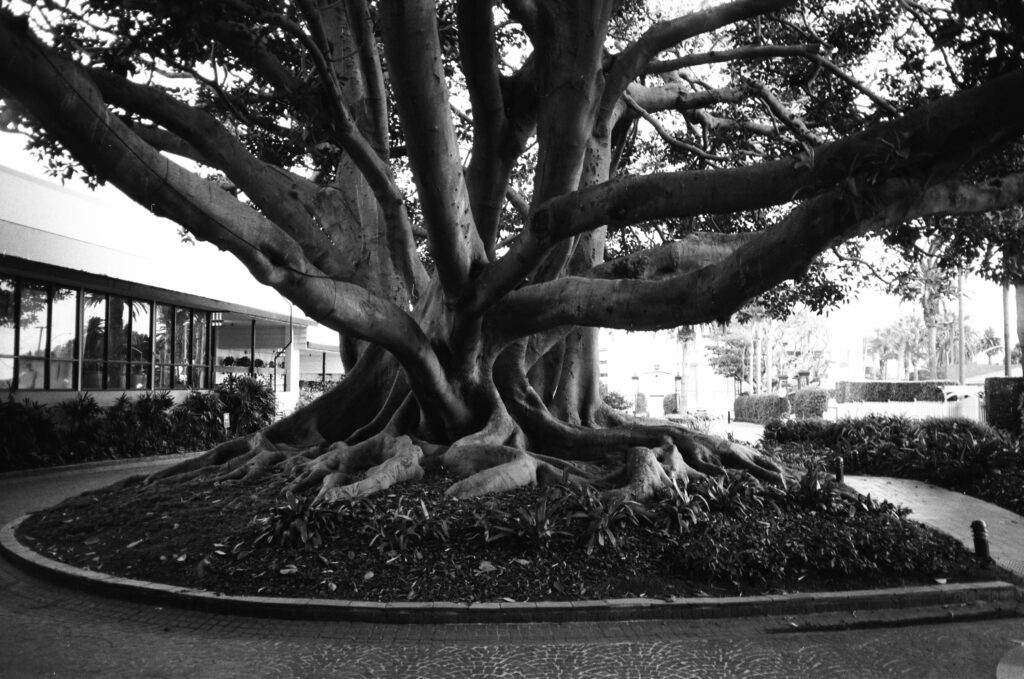
There is an ancient Moreton Bay Fig Tree in the hotel driveway that was the first thing to shoot as I stepped out of the lobby. I think the Pan F Plus looks amazing, as does this extraordinary tree. The grain is incredibly fine, even pushed a stop, and there is a real sense of depth and dimensionality to the frame. The dynamic range is terrific going from deep black shadows to an almost blown out background, while smoothly covering the various shades of grey on the undulating roots and branches of this stunning tree.

For my first stop in Palisades Park, I couldn’t resist shooting the Camera Obscura, an attraction on the bluff overlooking the Pacific Ocean. It’s essentially a pinhole camera large enough to hold 10 or 15 people. It opened in 1899, perhaps anticipating the arrival of the motion picture industry on the West Coast about a decade later. Unfortunately it has yet to reopen after COVID, so I could only shoot it from the outside. I think it’s a little too quiet and low tech to compete for attention in 21st century Los Angeles; according to the most recently available data it was attracting as few as 40 people a week before it closed. I visited it pre-Covid while it was still open to the public and it’s pretty cool to see the ocean and palm trees reflected on the walls of the dim room. It feels kind of like you’re inside Plato’s famous cave.*
I met this fellow from France and grabbed a couple of portraits of him enjoying the sun going down over the Pacific on his last evening in Los Angeles.
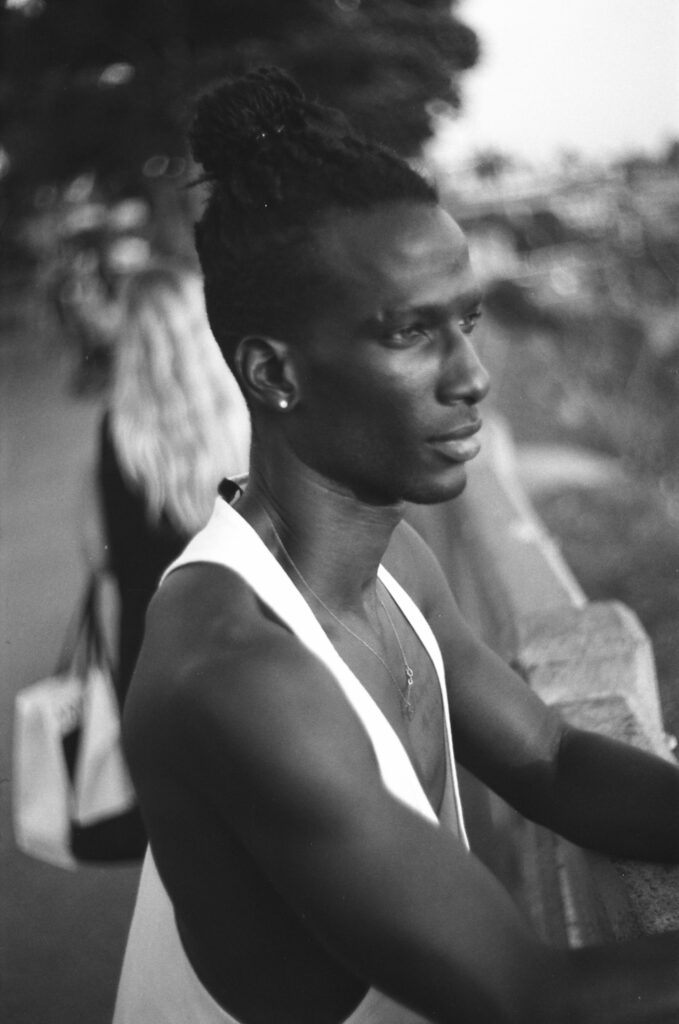

I love these portraits as well as the featured image. The look really says ‘film’ to me; again, the fine grain and subtle gradations of the grey tones are really impressive. Despite having contemporary clothing and hair, these portraits also have something of a timeless feel, perhaps due in part to being shot in monochrome on a 1949 Leica lens. I was going wide open in the fading light and there is something interesting going on with the bokeh here that might feel a little like a time machine.
Seeing these results, my attitude is shifting from thinking of Pan F Plus as a film I want to ‘use up’ to one of the more exciting options I’ve tried.
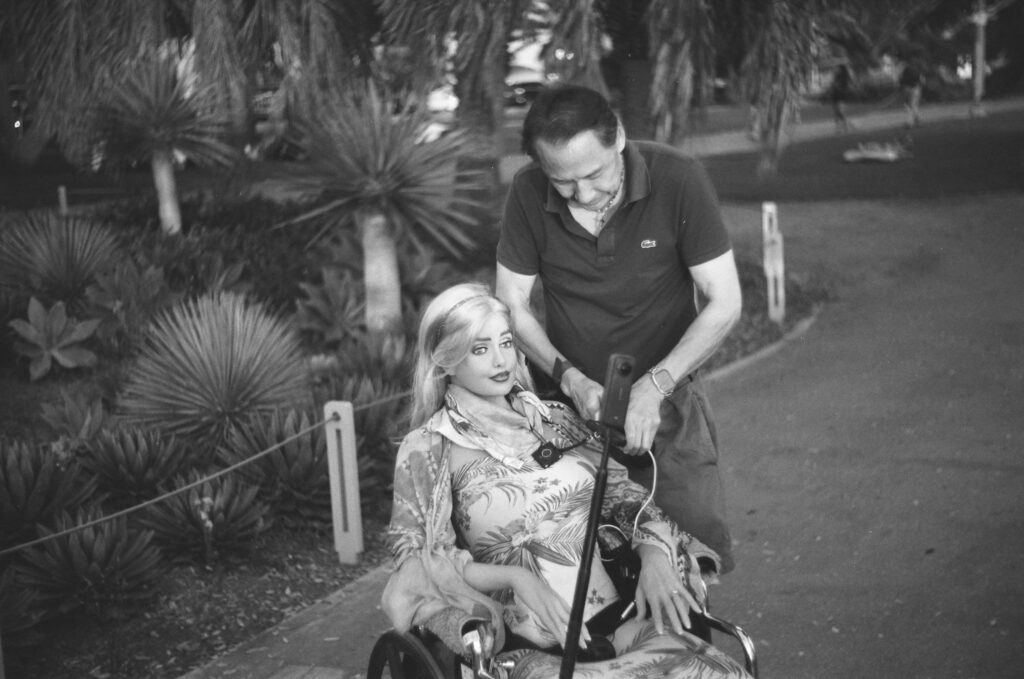
Like New York, LA has a fair amount of interesting characters out and about. I was hesitant to shoot this couple out of respect for the woman in the wheelchair’s condition until I realized that she was a mannequin. The fellow fiddling with the wiring had some kind of spiel where he would talk to people he met on the bluff about AI and God and used ventriloquism to answer questions.
But I didn’t stick around long enough to find out the details of his message, the sun was going down!
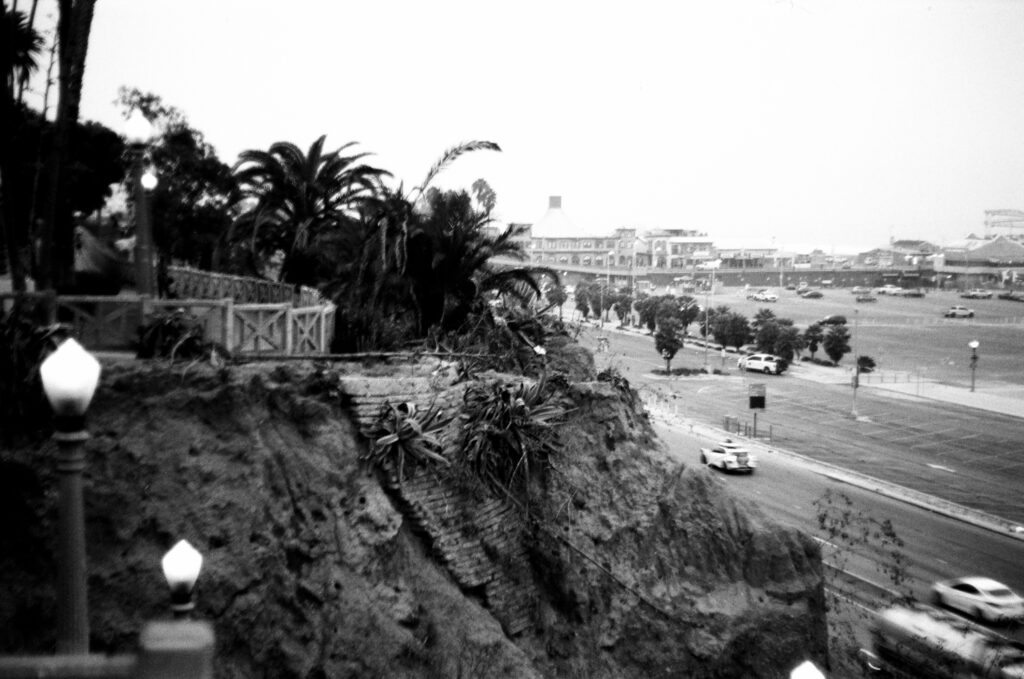
This view of the edge of the bluff going down to the beach caught my eye. I was definitely losing the light — going handheld, the details are a little soft and you can see the motion blur on the cars on the PCH as I slowed down the shutter to get a decent exposure. Again, this feels like it could have been taken any time in the last 40-50 years. I love LA, but sometimes it does feel a little precarious and this shot captures the feel of what underlies the beautiful and seductive surface.
Based on this roll, Pan F Plus is brilliant when pushed a stop, and I can’t wait to shoot more. I think I love it!
Part 2 — Pushing Two Stops in Manhattan
This post started as a “Five Frames” post because I was so impressed by the results of pushing one stop in California. It helps a lot to have interesting people and places to shoot, but the quality of the film was amazing. So amazing, I decided to try pushing two stops when I got back to New York.
I was meeting my son to see One Battle After Another (highly recommended), and had about an hour at my favorite time of day for shooting, the late afternoon light. It was beautiful and I stopped by my favorite place on the East Coast for interesting people, Washington Square Park.

I saw this gentleman on my way into the park and asked him for a photo. There was a gap in the tree branches that was lighting him against the otherwise shady area he was sitting in. This shot would test the dynamic range of most films, the inherent contrast of the frame in that light is off the charts. But I really like the quality of Pan F Plus here; his full white beard is pretty much blown out, but I love the way he kind of glows against the deep shadows of the background.
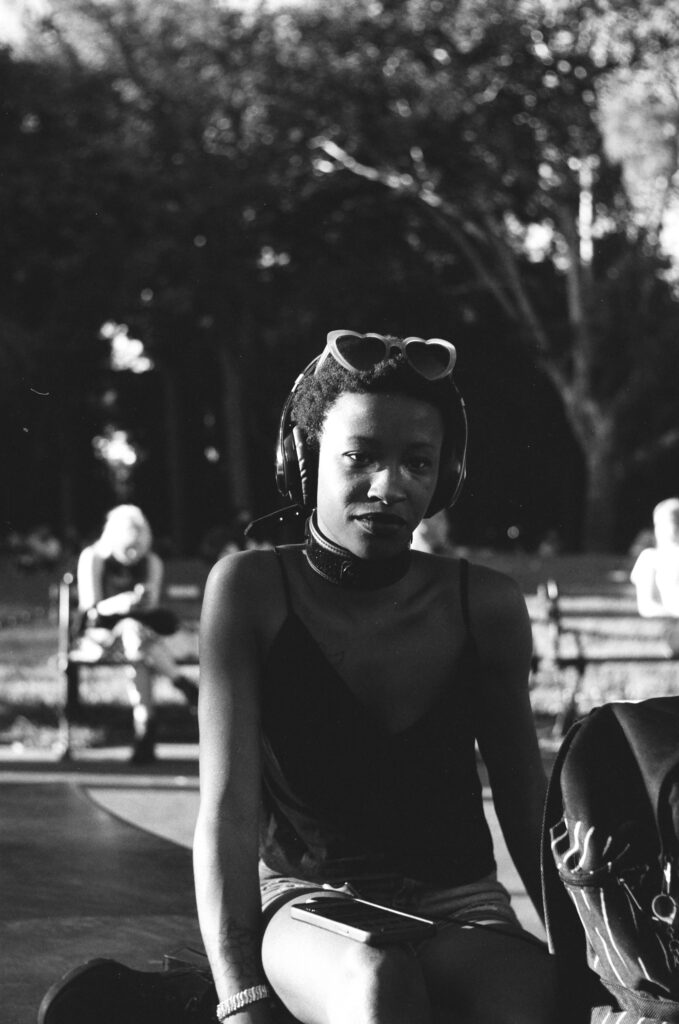
Next I saw this woman who was very focused on whatever she was listening to, but nice enough to agree to a shot. Here again, with very strong side light and dark clothing and skin tones, I’m pushing to the edge of the film’s dynamic range, but I think it performs well. I like the sense of a strong, thoughtful and confident personality captured here, which kind of works with a bit of a chiarscuro look — plus she wasn’t going to move on my account.

Here I think I caught a nice moment and was a little more successful in finding an angle to get some highlights from the beautiful sunlight but expose the skin tones in a way that isn’t all bright whites and shadow black — a softer look for a softer moment.
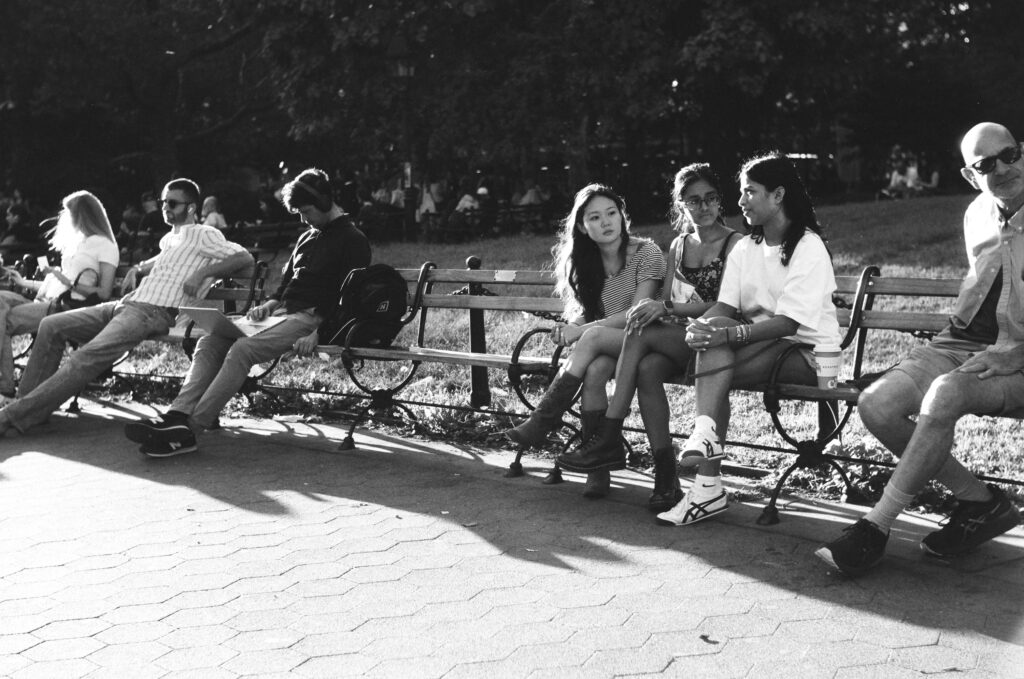
This shot was more or less about practicing shooting people in strong backlight, something I have often struggled with as I learn to find the sweet spot where I can get the kick from the sun without silhouetting the people. I was never able to master this with cameras that set exposure automatically because I was letting the camera do the thinking for me. And those cameras were thinking of underexposing backlit people whether I liked that idea or not. Switching to all manual cameras led me to do the homework, think for myself and meter for the human being(s) in the shot, with improving results as I develop a better eye for the right angle to balance skin tones and highlights.
This fellow was happy to let me take a shot of him with his parrot, but not at the cost of interrupting his conversation.
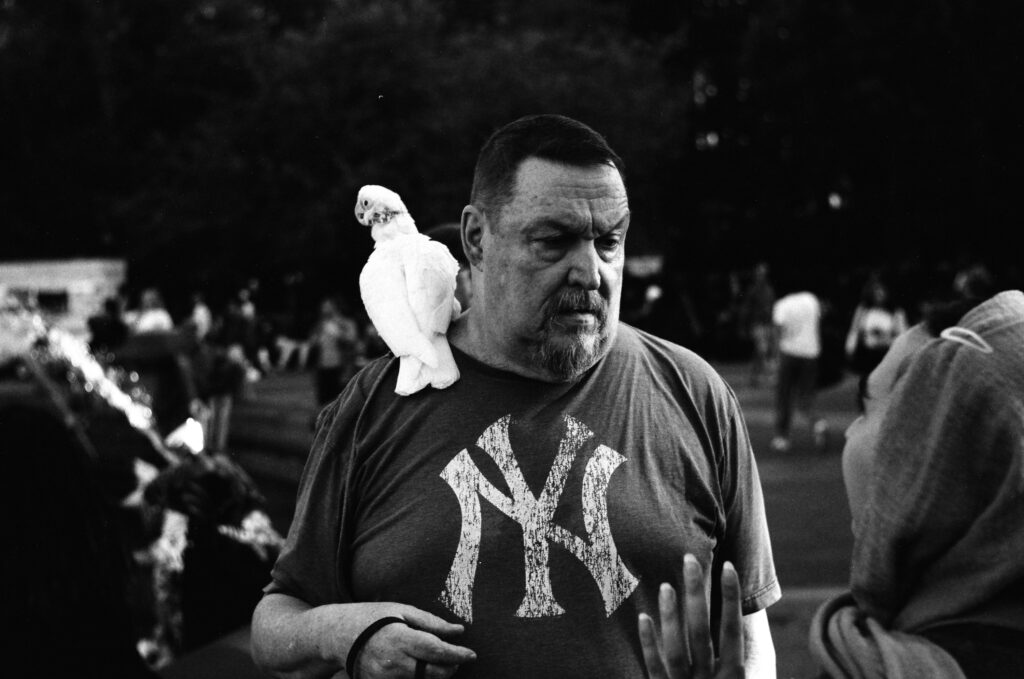
I couldn’t hit a moment when the man and the parrot were looking in the same direction, but after a bit of fiddling with exposure in Lightroom I like the way the man, and especially the white parrot, pop against the dark background of the pavement and the trees. And I always love the deep rich blacks that you get on Pan F Plus!
Toward the end of the roll, I grabbed a few shots of this interesting fellow who was photographing himself doing some kind of lip-synching performance. He nodded that it was ok for me to take a few shots without interrupting what he was doing.
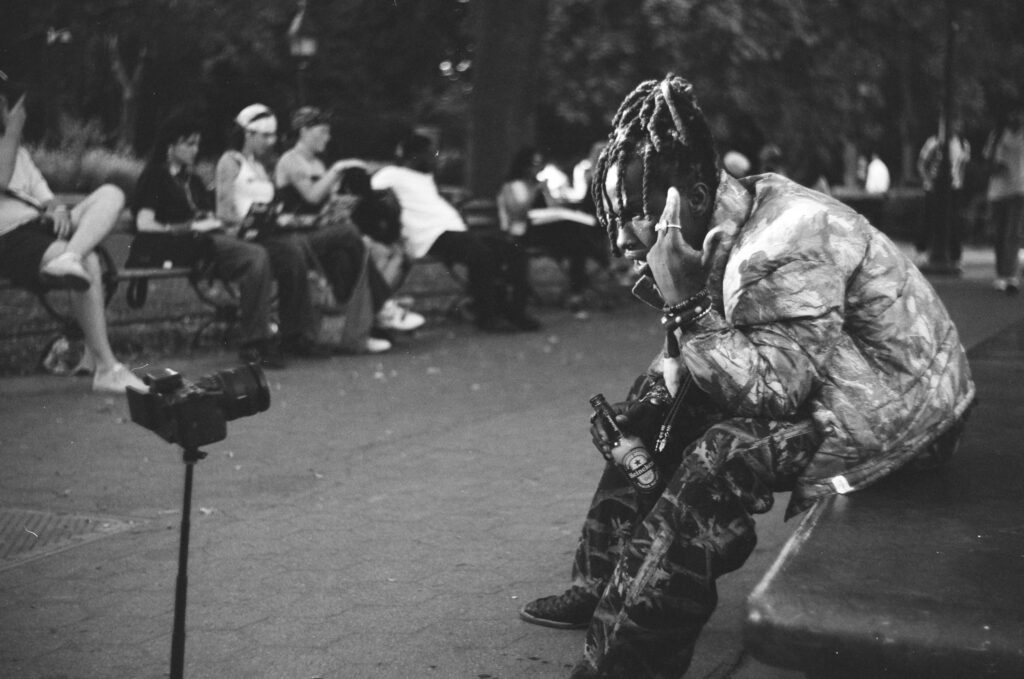
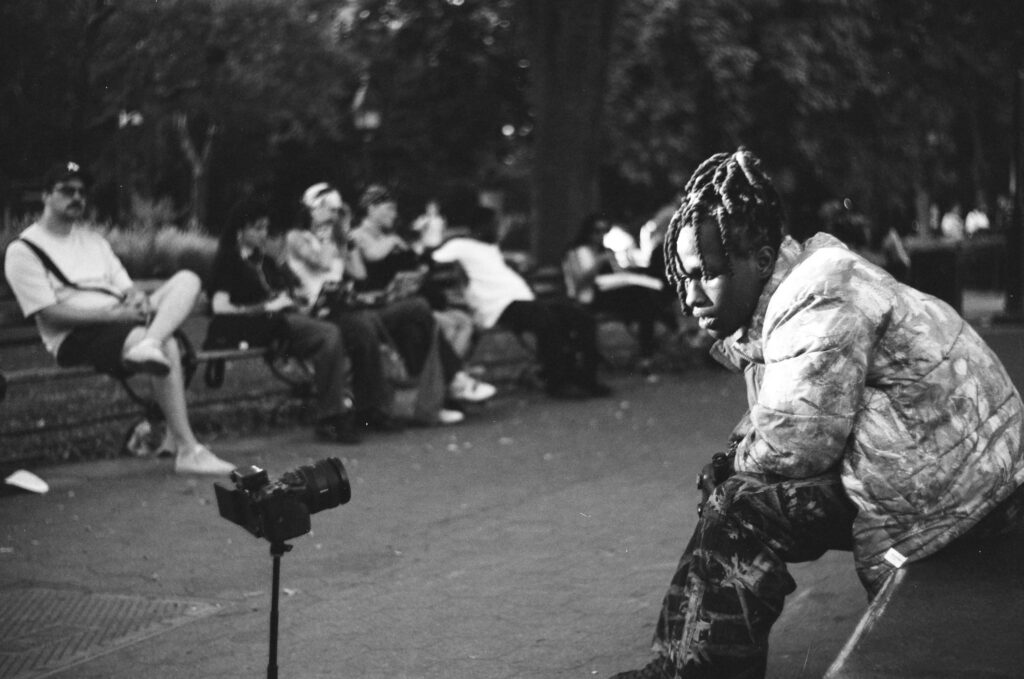
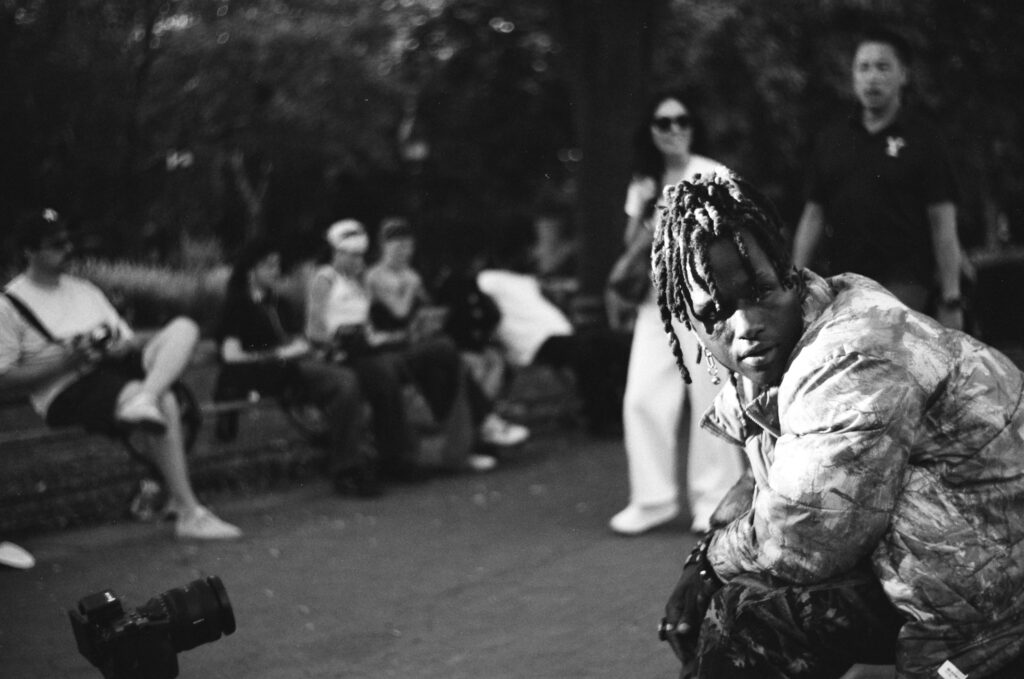
We had a quick chat after we were both finished shooting, and when I asked what he was up to, he said, “Making content” and left it at that. I really like these shots and the sense of personality that comes through as this young man projects his image for the benefit of his camera and whoever might end up viewing his content.
I also think the quality of the Pan F Plus is really great, whether pushing one or two stops. When I look at the two rolls side by side, the New York shots have stronger contrast and possibly a tiny bit more grain, but it’s hard to tell where the film stock stops and the quality of the light begins when comparing shots in California pushed one stop on a mostly overcast evening to shots in New York pushed two stops on a bright sunny evening.
In any event, I think they both look great and I’m excited to keep shooting with Pan F Plus and feel like I can be a little freer about when I load it in different kinds of weather and shooting situations. I think its a really strong film and great for doing ‘creative’ shooting like portraits, landscapes and ‘art’ shots with a timeless classic look, plus with the versatility I’ve discovered when pushing, it is a solid option for ‘street’ and/or reportage style shooting. I’ve always really liked this film and knowing I can push and still get great results moves it toward the top of the list of films I want to shoot.
* My aside comparing the inside of a camera obscura to Plato’s Allegory of the Cave got me interested in whether the ancient Greeks, and possibly Plato, were aware of the phenomenon of the camera obscura. Some very quick web searching got conflicting results from Google AI. One one hand, when I asked if the ancient Greeks were aware of the camera obscura I got a strong ‘yes’, and one of the examples cited the fact that Plato’s famous pupil Aristotle actually built a camera obscura. But when I asked directly if the camera obscura inspired the Allegory of the Cave, AI gave a very confident ‘no’, noting that it was not developed until centuries after the Allegory of the Cave. Since Aristotle studied with Plato as a young man, both answers can’t be true, even if Plato wasn’t around by the time Aristotle built his. I think I might need to dig a little deeper than Google AI — perhaps actually reading about it in Plato would be a good start — but it’s very interesting that the ancient Greeks were aware of the camera obscura!
.
Share this post:
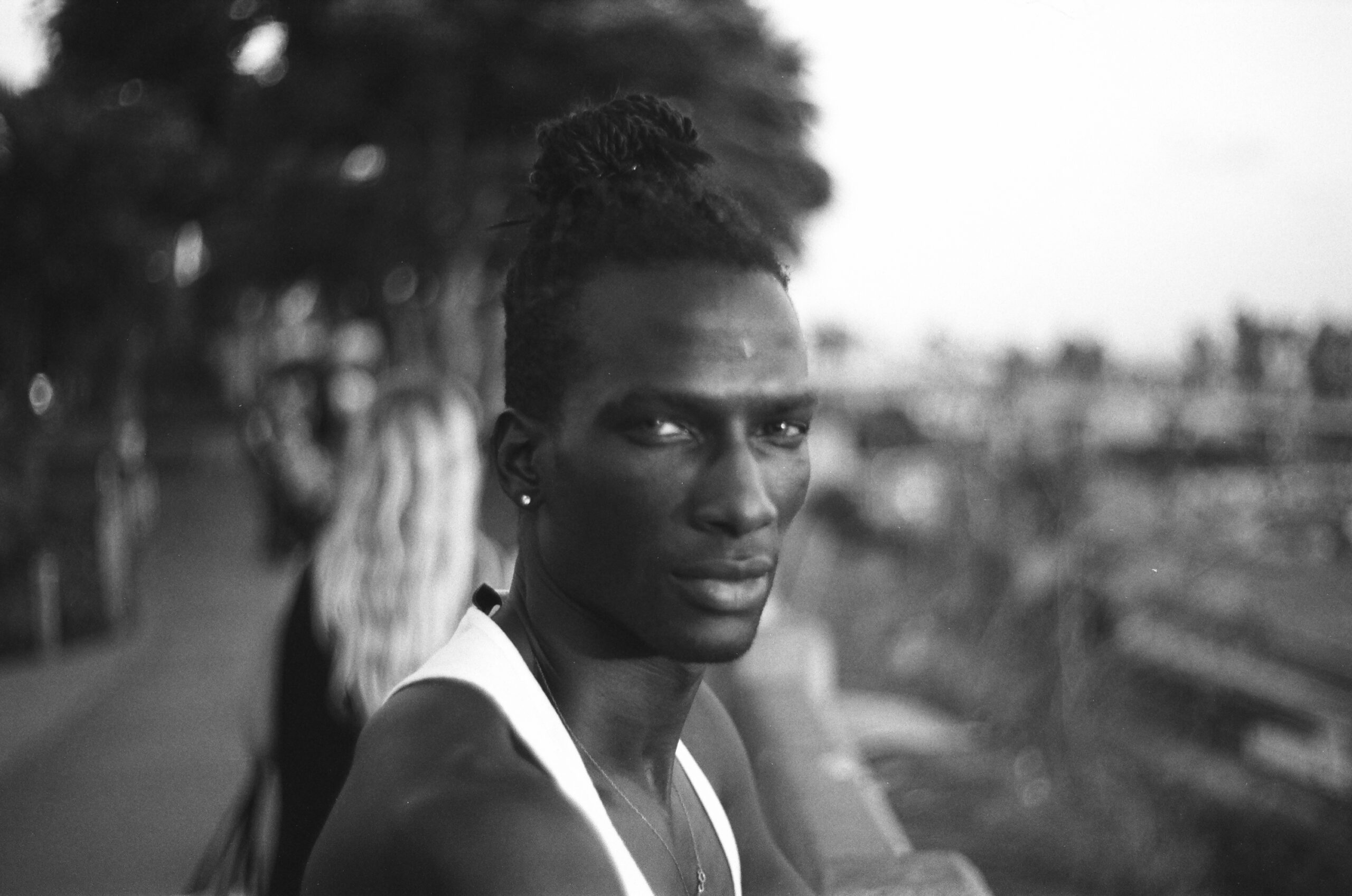
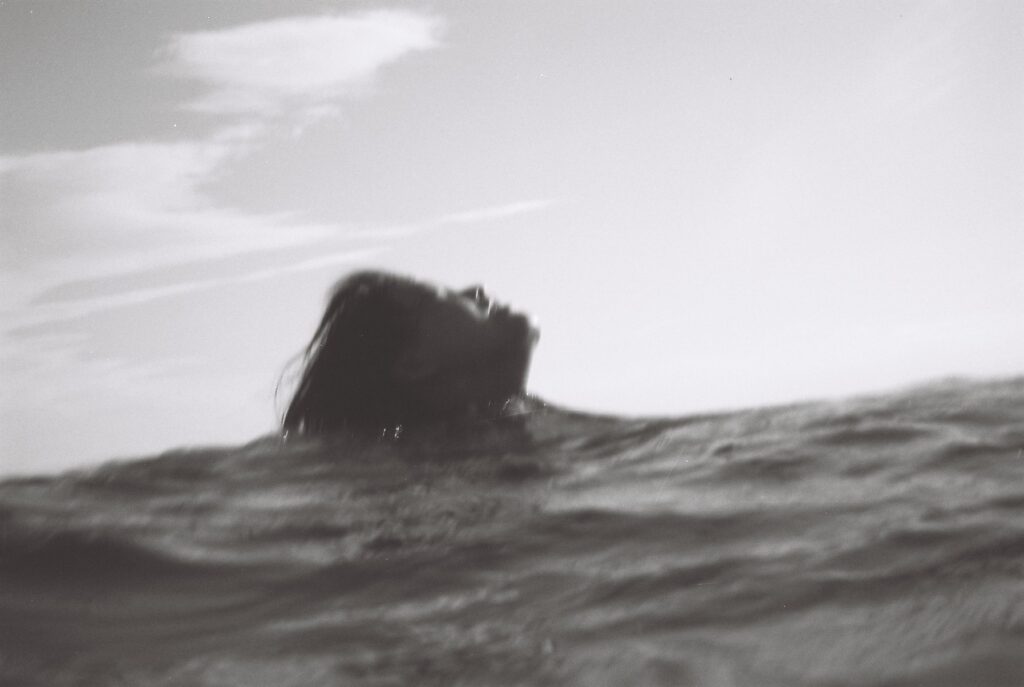

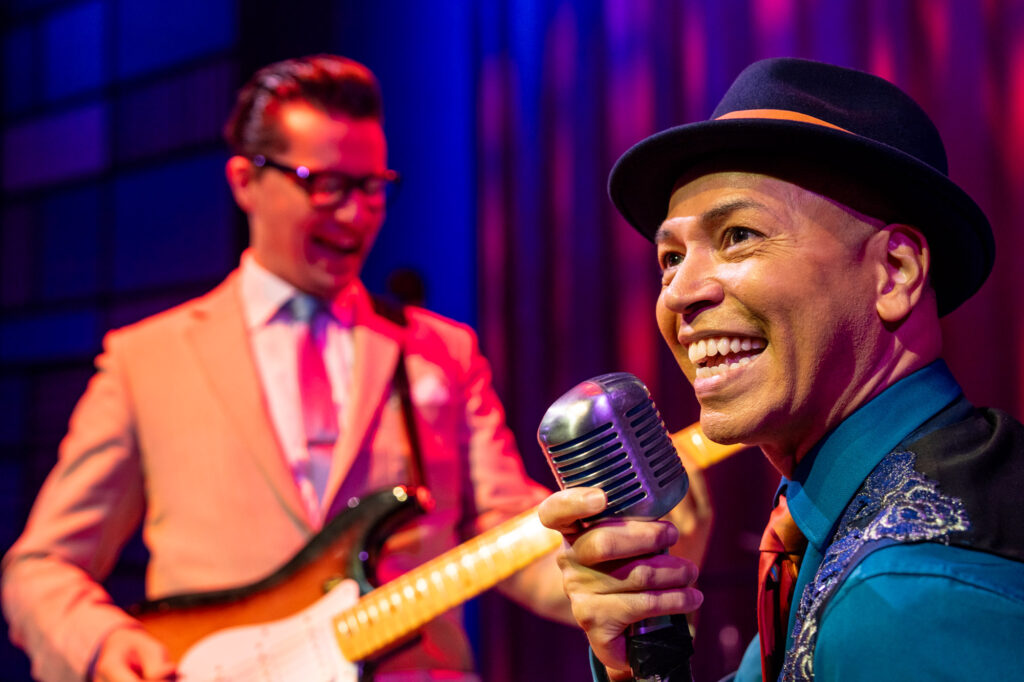
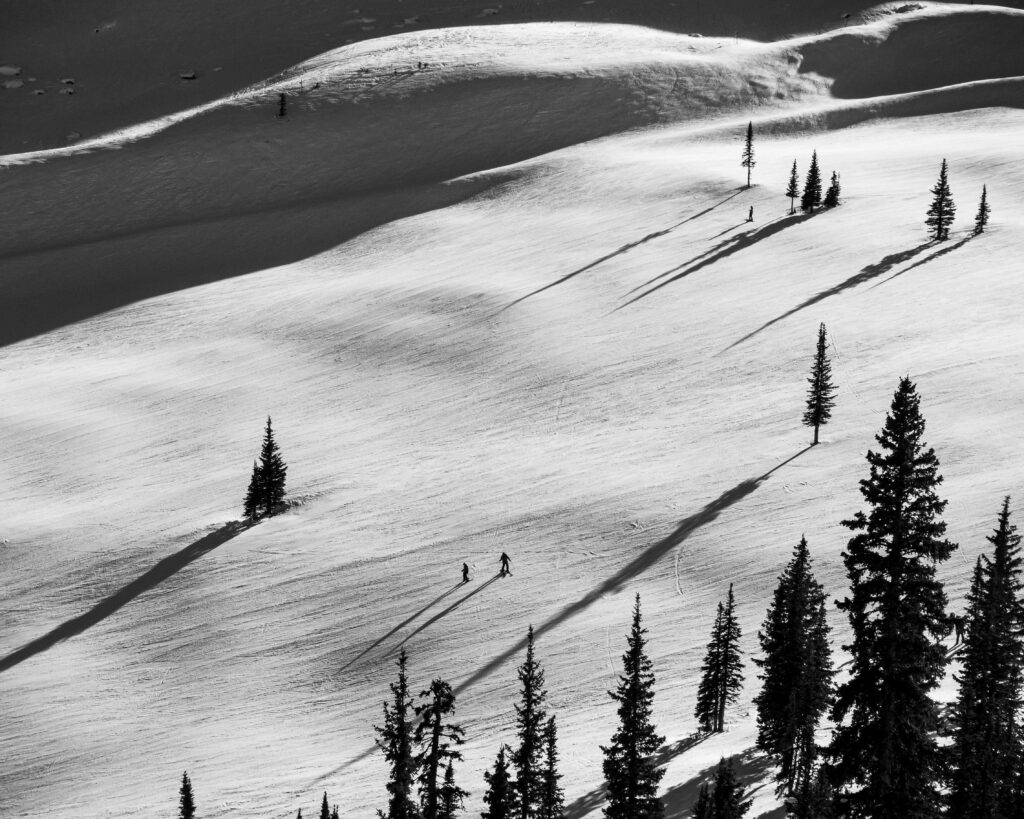
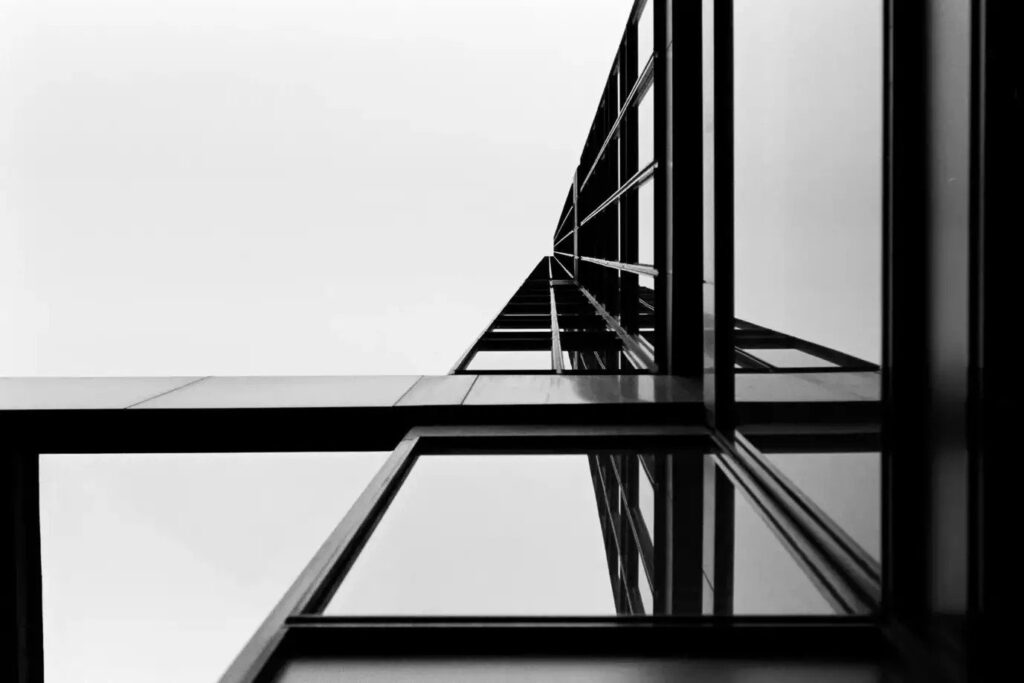


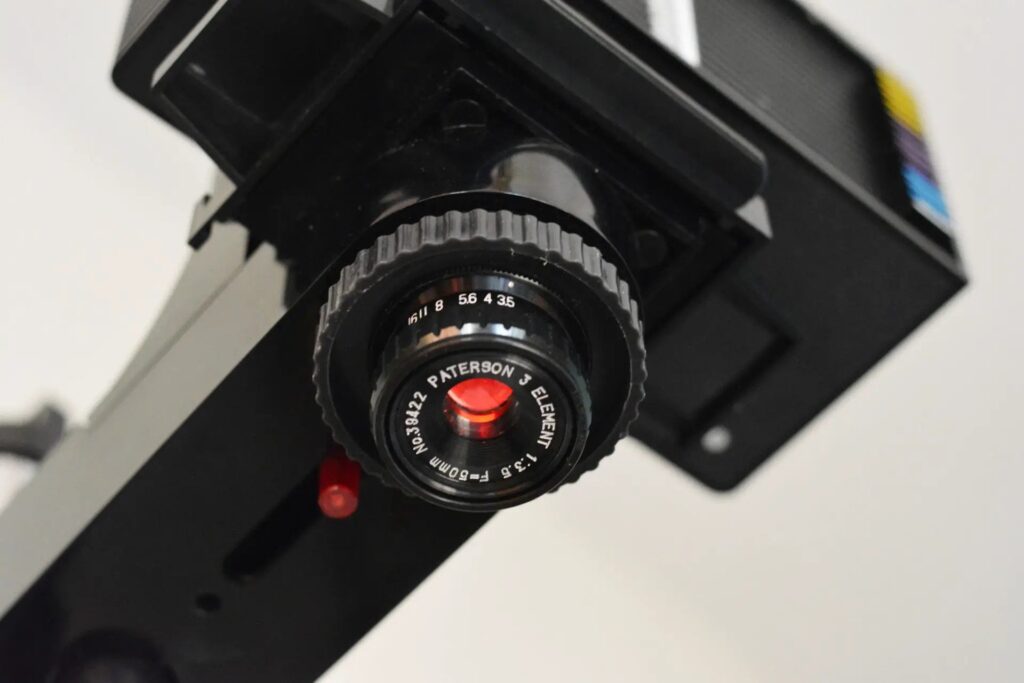
Comments
Curtis Heikkinen on Pushing Pan F Plus: first stop, Santa Monica, second stop, Manhattan
Comment posted: 05/11/2025
Comment posted: 05/11/2025
Gary Smith on Pushing Pan F Plus: first stop, Santa Monica, second stop, Manhattan
Comment posted: 05/11/2025
I'm just looking for clues why you would use a slow film and push rather than a faster film.
Great shots Scott!
Comment posted: 05/11/2025
Comment posted: 05/11/2025
Comment posted: 05/11/2025
Christopher Welch on Pushing Pan F Plus: first stop, Santa Monica, second stop, Manhattan
Comment posted: 05/11/2025
Comment posted: 05/11/2025
Russ Rosener on Pushing Pan F Plus: first stop, Santa Monica, second stop, Manhattan
Comment posted: 05/11/2025
I have two technical questions:
What developer was used to push Pan F and get these fantastic results?
Was the lens you used a Leitz 50mm Summitar? I have one of a similar late 1940s and would not trade it for the most modern Summicron.
Comment posted: 05/11/2025
Walter Reumkens on Pushing Pan F Plus: first stop, Santa Monica, second stop, Manhattan
Comment posted: 06/11/2025
Comment posted: 06/11/2025
Comment posted: 06/11/2025
Comment posted: 06/11/2025
Comment posted: 06/11/2025
Comment posted: 06/11/2025
Comment posted: 06/11/2025
Comment posted: 06/11/2025
Comment posted: 06/11/2025
Comment posted: 06/11/2025
Comment posted: 06/11/2025
David Pauley on Pushing Pan F Plus: first stop, Santa Monica, second stop, Manhattan
Comment posted: 06/11/2025
Comment posted: 06/11/2025
Ibraar Hussain on Pushing Pan F Plus: first stop, Santa Monica, second stop, Manhattan
Comment posted: 06/11/2025
I really like Pan F plus - it’s just a wonderful film. You have got beautiful tones and lush blacks with this - great work man.!
Comment posted: 06/11/2025
Geoff Chaplin on Pushing Pan F Plus: first stop, Santa Monica, second stop, Manhattan
Comment posted: 07/11/2025
Comment posted: 07/11/2025
Jeffery Luhn on Pushing Pan F Plus: first stop, Santa Monica, second stop, Manhattan
Comment posted: 08/11/2025
I always enjoy seeing your work. You have a good rapport with your subjects.
The one stop pushing slow films with flat lighting and a slight boost in developing is going to yield long scale with no loss in shadow detail. The two stop push in bright sun is going to render some difficult negatives for printing, even from scans. Slow emulsions are already contrasty, and that combo compounds things. There is a developer that will help to give a good result: PYRO CMK. Cheap, and easy to work with. Very compensating. You must use a non-hardening fixer to maintain the brown stain on the film. That's critical for good results. Other compensating developers, like diafine may also help. Not many labs offer it, but you can do it at home. I think that's the only way to tame the contrast of underexposed slow films.
Jeffery
Comment posted: 08/11/2025
Comment posted: 08/11/2025
Gordon Ownby on Pushing Pan F Plus: first stop, Santa Monica, second stop, Manhattan
Comment posted: 15/11/2025
Comment posted: 15/11/2025